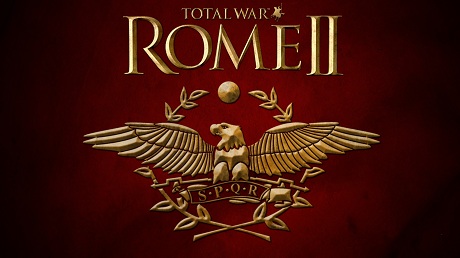Assault Tetreres - Mercenary Hoplites
Ramming attacks from these ships inflict terrible damage.Hoplites: no other word says "Greeks at war" in quite the same way.
There is a good deal of debate as to how large ancient warships worked; the principles are understood, but the details are not always so clear. A Roman 'quadreme' or Greek 'tetreres' would seem to have four rows of oars if the name is translated literally. However, it is unclear how four sets of oars each with one rower apiece could be used without them getting in a terrible tangle even with a magnificently trained crew, or how the top set of rowers would be able to handle the extremely long oars pitched at a steep angle and still produce any power. The chances are that the term 'oar' had become synonymous with 'rower' and that the lowest bank had more than one man per oar. The other option was to go back to a double row of oars, with two men apiece. Two banks of oars would also have made for a cheaper construction task for each ship. Either way, the result was a ship that could rival the lighter trireme in speed, yet had more deck space for a large fighting contingent or artillery pieces.
(Mercenary Hoplites)
Hoplites date back to the wars between the Greek city-states in the 8th and 7th centuries BC. During the Greco-Persian Wars most hoplites wore a Corinthian-style bronze helm, and a cuirass of bronze or stiffened linen or canvas. They were armed with a short sword and an iron-tipped spear with a bronze counterbalance butt-spike. Hoplites were named, though, after the round hoplon shield they carried. The hoplon-and-spear combination required them to fight as a phalanx, a block of spearmen some eight ranks deep. When closed up, each man would find shelter behind the shield of his neighbour, creating a wall of bristling spear-points. While all hoplites were originally citizen-soldiers, full-time mercenaries took over and became the standard fighting unit of the Greek world. Later, under Phillip II of Macedon and Alexander the Great, the shield became smaller, while the spear developed into the five metre sarissa pike. Many armies adopted the phalanx of hoplites as a tactical unit because it was very successful in battle.
Unit Name Assault Tetreres - Mercenary Hoplites |
Main Unit Key inv_greek_four_mercenary_hoplites |
Land Unit Key inv_mercenary_hoplites |
Naval Unit Key greek_four |
Soldiers 120 |
Category Medium Ship |
Class Melee Ship |
Custom Battle Cost 600 |
Recruitment Cost 600 |
Upkeep Cost 450 |
Ship Health 825 |
└ Ship greek_four |
Ship Speed 6 |
Melee Attack 35 |
Weapon Damage 26 |
├ Melee Weapon rome_hoplite_spear |
├ Melee Damage Base 20 |
├ Melee Damage Ap 6 |
├ Armour Piercing No |
├ Bonus vs. Large 15 |
├ Bonus vs Elephants 15 |
└ Bonus vs Infantry 0 |
Charge Bonus 15 |
Melee Defence 55 |
├ Base Defence 40 |
├ Shield hoplite |
└ Shield Defence 15 |
Armour 80 |
├ Armour spolas |
├ Armour Defence 35 |
└ Shield Armour 45 |
Health 60 |
├ Man Entity rome_infantry_hoplite |
├ Man Health 45 |
└ Bonus Hit Points 15 |
Base Morale 50 |
Abilities
Assault Tetreres- Row Hard 20
Increases speed for 20 strokes.
Ship speed
- Hoplite Wall
The unit moves into close wall formation.
Bracing, melee defence, shield strength
Acceleration, speed
Attributes
- Disciplined
This unit does not suffer a morale penalty when the general dies. It can also rally after routing more often. - Formation Attack
The unit will try to stay in formation when in melee. - Hide (forest)
This unit can hide in forests until enemy units get too close.
Strengths & Weaknesses
Assault Tetreres- Average hull strength
- Medium crew
- Average speed
- Average ramming
- Average boarding
- Very good defensive unit
- Low damage but average armour penetration
- Average attack
- Good morale


 Français
Français Italiano
Italiano Deutsch
Deutsch Español
Español Русский
Русский Čeština
Čeština Polski
Polski Türkçe
Türkçe 简体中文
简体中文 正體中文
正體中文 日本語
日本語
